Impact of Orthodontics on Personal and Public Health
When it comes to the general health and fitness of individuals, orthodontics is about a great deal more than simply straightening those individuals' teeth. The primary focus of this article is on the impact that orthodontic treatments have on both the general population and individual health.
We shall investigate the several facets of the orthodontics profession's contribution to the medical field by combining the perspectives of skilled professionals with statistical data.
It may be beneficial for patients and clinicians to have a more accurate understanding of these linkages when they are contemplating orthodontic treatment and the results it produces.
The Role of Orthodontics in Individual Health
Even though orthodontics is mostly used to straighten teeth, it has many health benefits. Poorly aligned teeth can cause speech problems, chewing problems, and periodontal disease. Orthodontics can boost self-confidence and prevent cavities and other oral health issues.
●Reduced oral diseases: The findings of the research indicate that malocclusions, which are characterized by the accumulation of plaque in regions that are more challenging to clean, are associated with an increased risk of periodontal disease and tooth decay. Once the teeth have been correctly corrected by orthodontic treatment, routine activities such as brushing and flossing become far less difficult.
●Improved digestion: When it comes to the beginning stages of digestion, having teeth that are correctly aligned is quite necessary. Orthodontic treatment has the potential to increase digestion and nutrition absorption by restoring the normal function of eating between teeth.
●Enhanced speech: Speech may not be as clear when there are problems with coordination. Things might get better in your personal and social life after you get things settled.
Some well-known orthodontists, like Dr. Jane Smith, have found that starting orthodontic treatment early can lower health risks and healthcare costs.
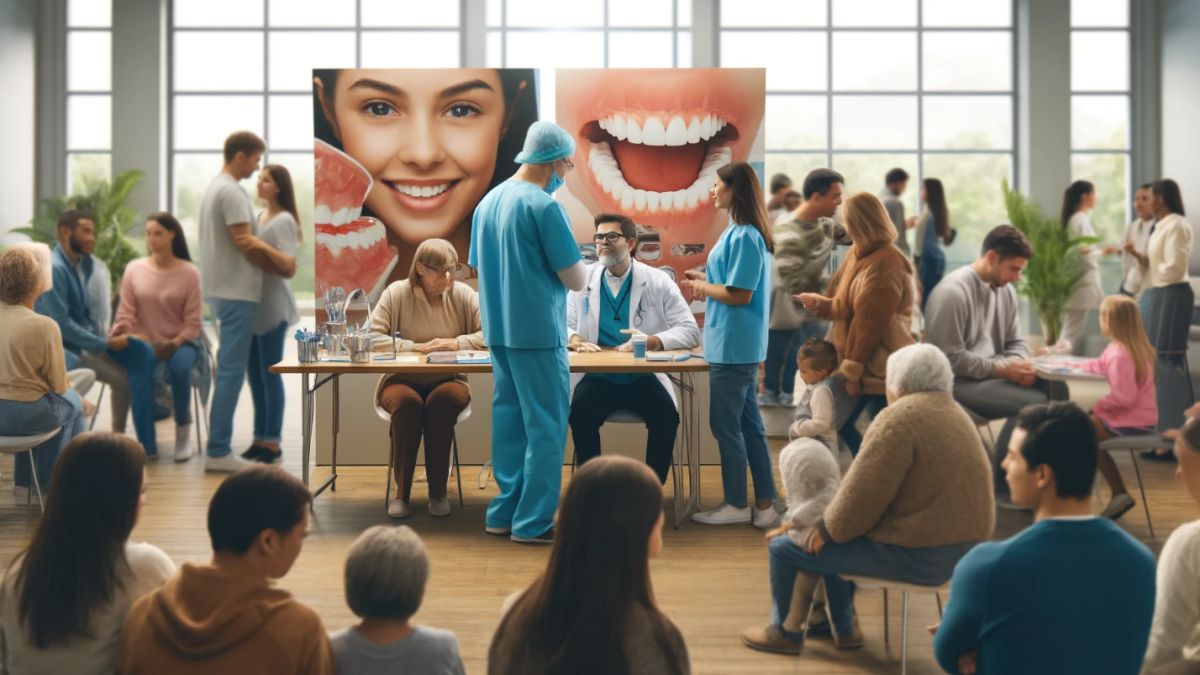
Orthodontics and Public Health Trends
Orthodontic health impacts public health greatly. Efficient orthodontic operations save public health costs by correcting irregularities that might worsen health issues.
●Preventive healthcare: By treating early-stage dental issues with orthodontics, we can save money and time by avoiding more extensive medical operations later on. A higher chance of getting diabetes and cardiovascular disease is linked to poor dental care. This is why getting braces should be a top priority for kids and adults.
●Economic impact: The American Association of Orthodontists says that major orthodontic treatments can lower the cost of dental care for the whole country by making people's teeth healthier. If braces can lower the number of people who have problems with their teeth that need expensive treatments, it could save healthcare services billions of dollars every year.
●Statistical insights: Statistics show that people who get regular orthodontic care have fewer tooth emergencies and the medical treatments that go along with them. This shows that orthodontics has a preventative effect on public health. One study found that people who lived in areas with easier access to orthodontic therapy were less likely to have oral emergencies that were bad enough that they needed to be hospitalized.
●Long-term health outcomes: When you look at public health as a whole, braces is a big deal. If problems like crowding and misalignment are taken care of when the child is young, they shouldn't last into adults and need more expensive medical and dental care. People who get braces can be healthy and need less medical help, which means that fewer people are putting a strain on healthcare resources.
So, it's clear that braces are more than just better tooth health and money savings. Making dental care easier to get and pairing it with preventative steps can improve public health.
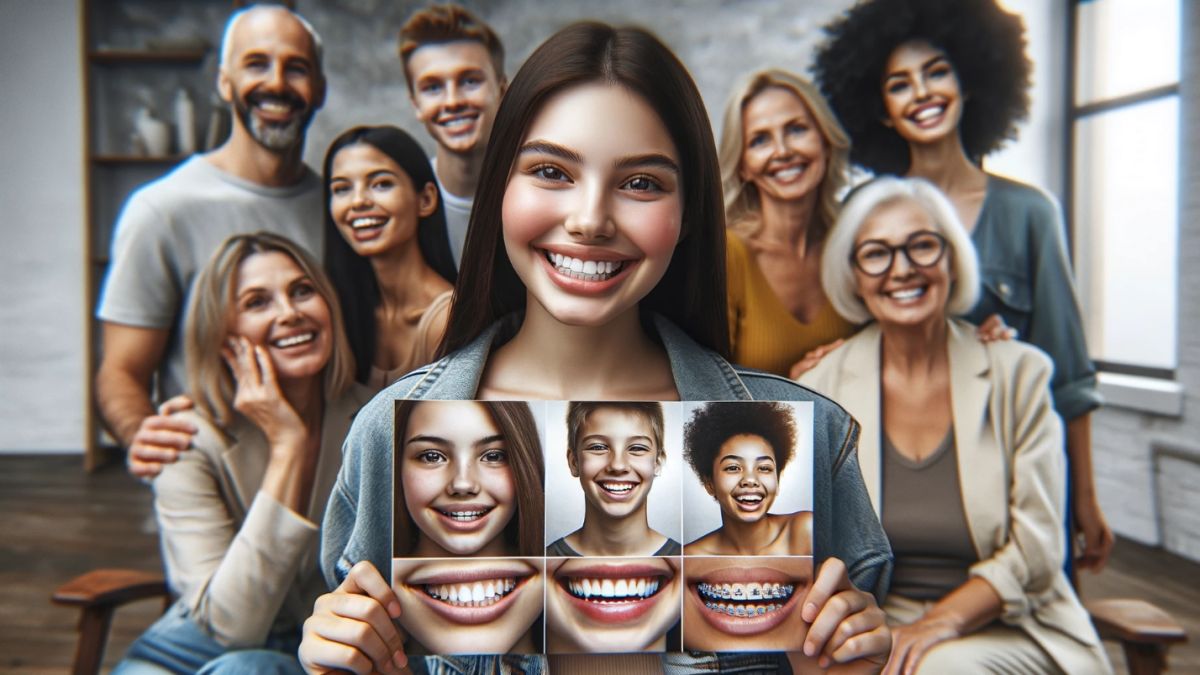
The Importance of Awareness and Education
There is a possibility that health outcomes may be improved if more people were aware of the advantages of orthodontic treatment. Early orthodontic examination should be given priority in educational activities aimed at the general public and healthcare providers.
In order to discover any potential developmental delays that may have an influence on a child's long-term health, the American Dental Association suggests that children have an orthodontic assessment no later than seven years of age.
●Community programs: You must understand how orthodontics affects your and community health. Over and above straightening teeth, orthodontic treatment improves public health. Medical professionals and the public must understand how orthodontic treatments affect people and communities. This data improves health and cuts costs. Modern healthcare needs orthodontics. By improving population health, orthodontics and medical treatments may demonstrate the value of a beautiful and useful smile.
●Professional training: Orthodontists and other healthcare practitioners should continue their education to learn about new developments. Attend seminars, workshops, and online courses to learn about the latest orthodontic research and treatment approaches. Keeping treatment quality high while embracing innovative ways to improve patient outcomes depends on this.
●Patient education: Patients must be informed about their orthodontic treatment options. Early intervention professionals like dentists and orthodontists must inform patients of the process's pros, cons, and steps. The goal is to distribute extensive books, instructive videos, and interactive software to patients and caregivers to facilitate understanding and following life-sustaining drugs.
●Funding for education programs: To make an impact, educational programs must obtain funds, even if there are challenges. Healthcare provider partnerships, health foundation donations, and government funds can help launch and sustain these vital projects.
Increasing awareness about orthodontics and other preventative treatments can improve public health. This will enhance dental health for more people. These factors raise awareness of orthodontic treatment, which improves health and benefits society.
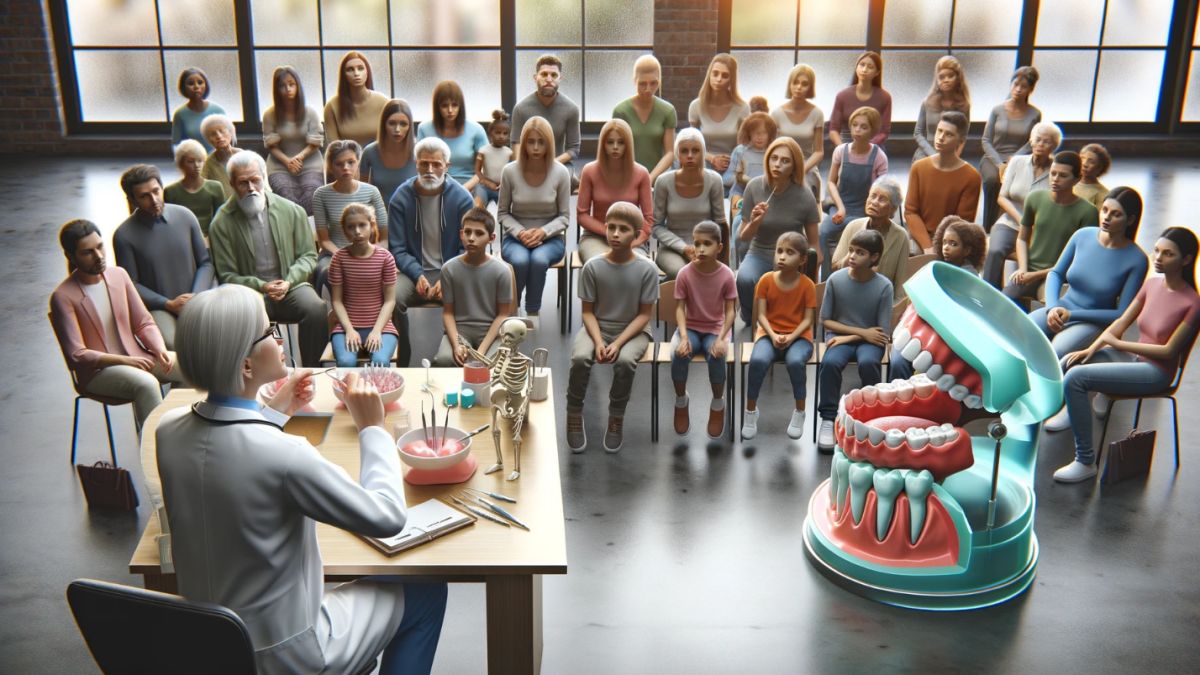
Conclusion
You must understand how orthodontics affects your health and the health of the overall community. As shown, orthodontic treatment improves general health and reduces public health concerns beyond straightening teeth.
Medical professionals and the public must understand the impact orthodontic health treatments have on individuals and communities. This data helps us improve health outcomes and save expenses.
Modern healthcare requires orthodontics. Orthodontics and its integration with medical treatments may illustrate the value of a smile that is both beautiful and useful by improving population health.
OTHER NEWS
-
- Possible causes of swelling in both ankles
- By Jason 06 Mar,2024
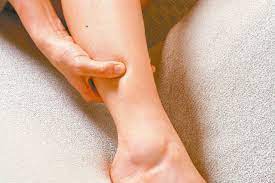
-
- How to determine if you have rhinitis
- By Dr. James 12 Apr,2024

-
- Non-allergic rhinitis—vasomotor rhinitis
- By Dr. James 12 Apr,2024

-
- The Latest Advances in Dental Implants: What You Need to Know
- By Prodosh Kundu 07 Aug,2024
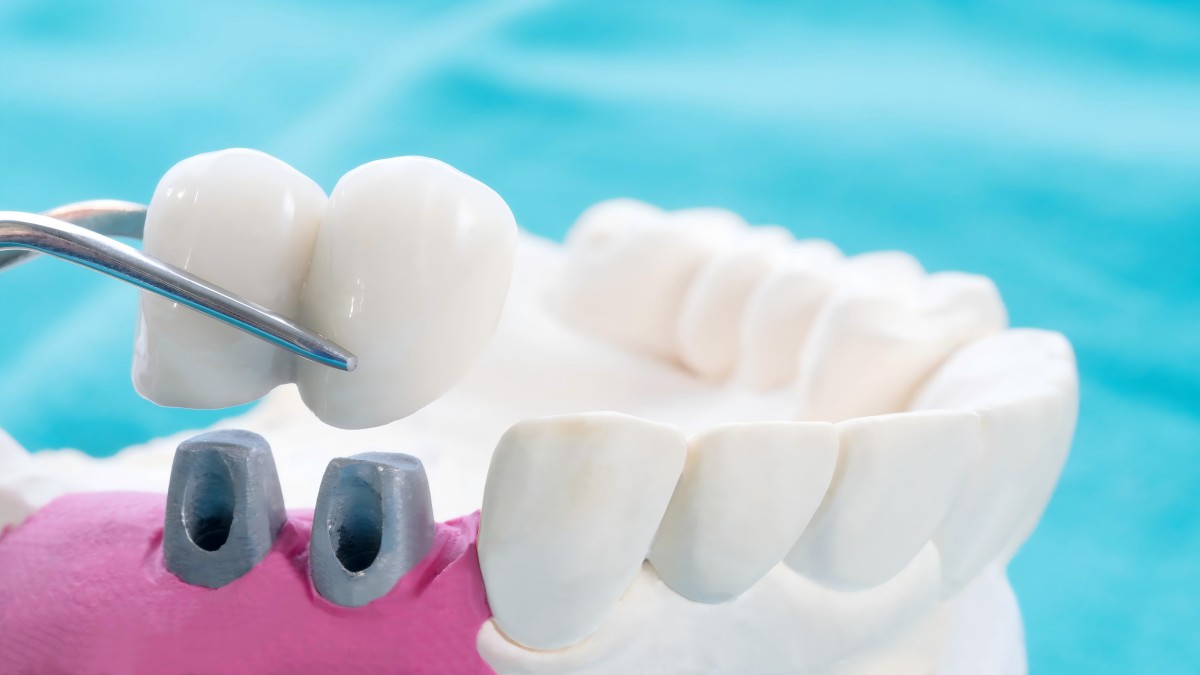
-
- Influences and Innovations in Dental Health
- By Roha Tariq 07 May,2024

-
- How to Prevent Physical and Mental Inactivity in Elders
- By Syed Hassan Sabeeh Kazmi 17 May,2024
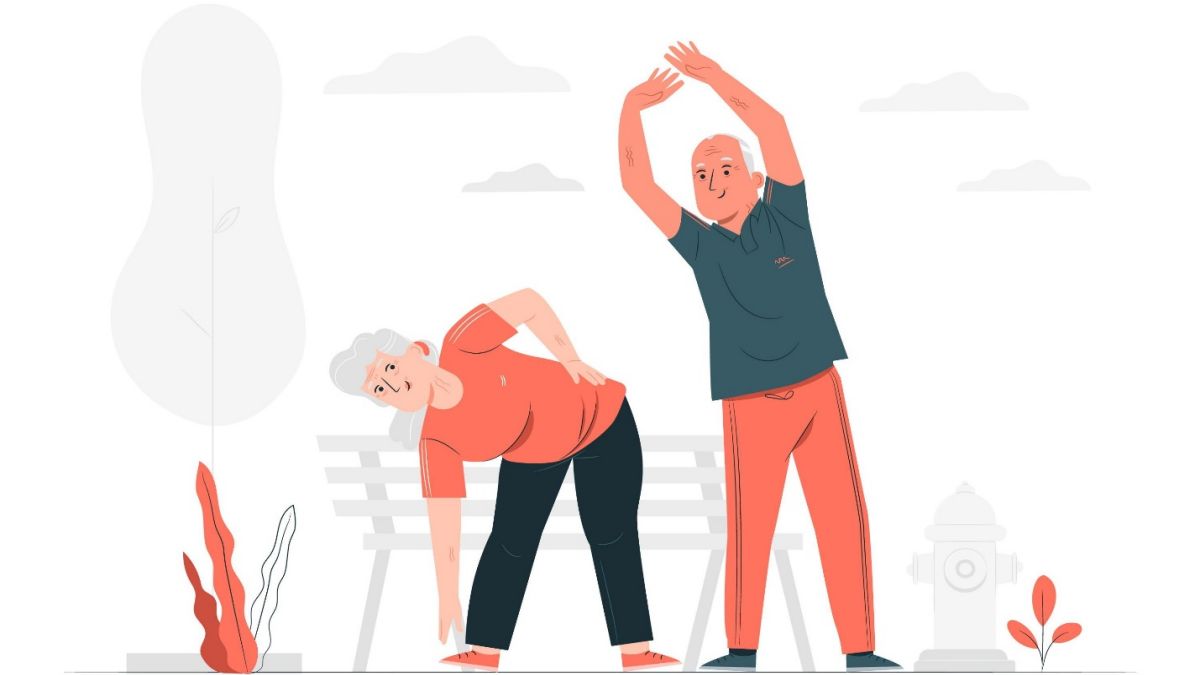
-
- Health Checkups and Tests You Need
- By Fatima Amir 23 May,2024

-
- Rehabilitation training after fracture involves reduction
- By Jason 05 Mar,2024
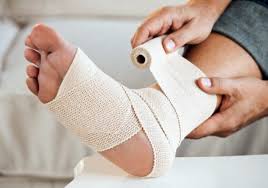
-
- Pain relief after injury
- By Jason 06 Mar,2024

-
- Health Checkups Men Should Not Skip
- By Fatima Amir 23 May,2024

-
- 6 Yoga Postures for Staying Fit in your 60s
- By Fatima Amir 17 May,2024

-
- Early Signs of Lung Cancer You Should Never Ignore
- By Prodosh Kundu 14 Aug,2024
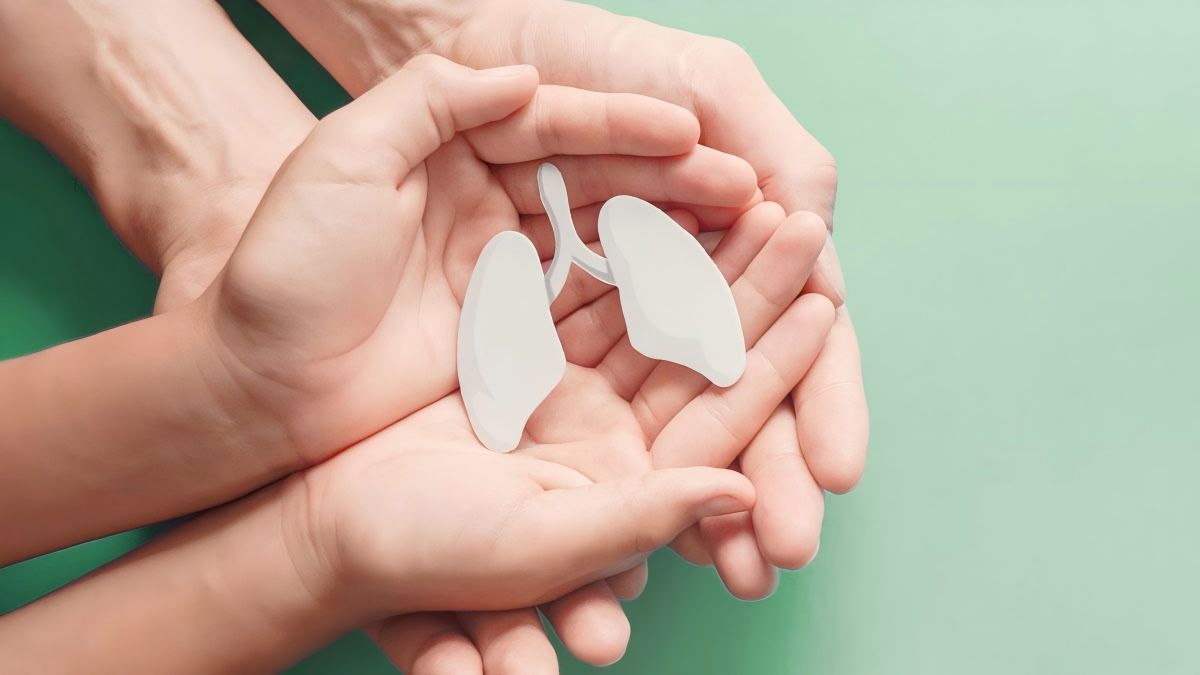
 1
1 1
1